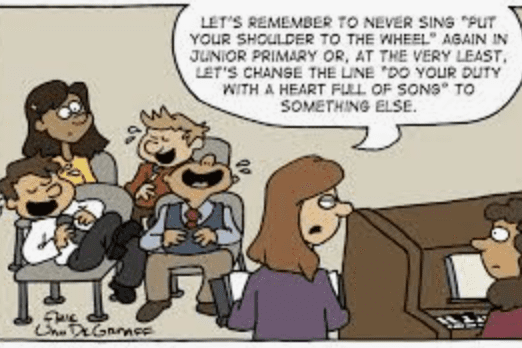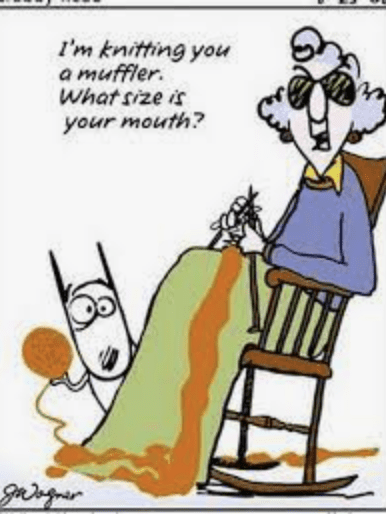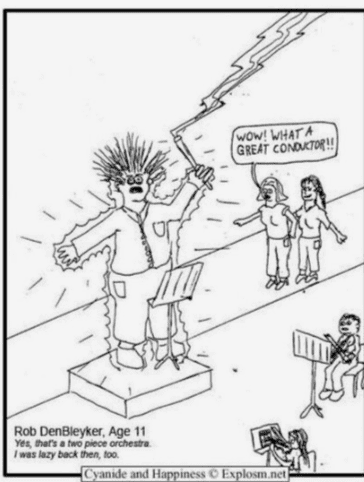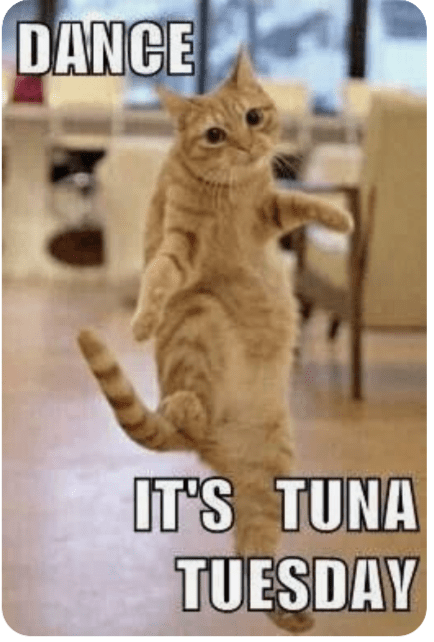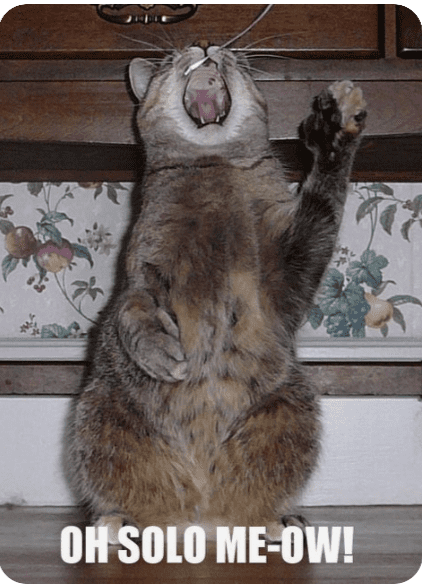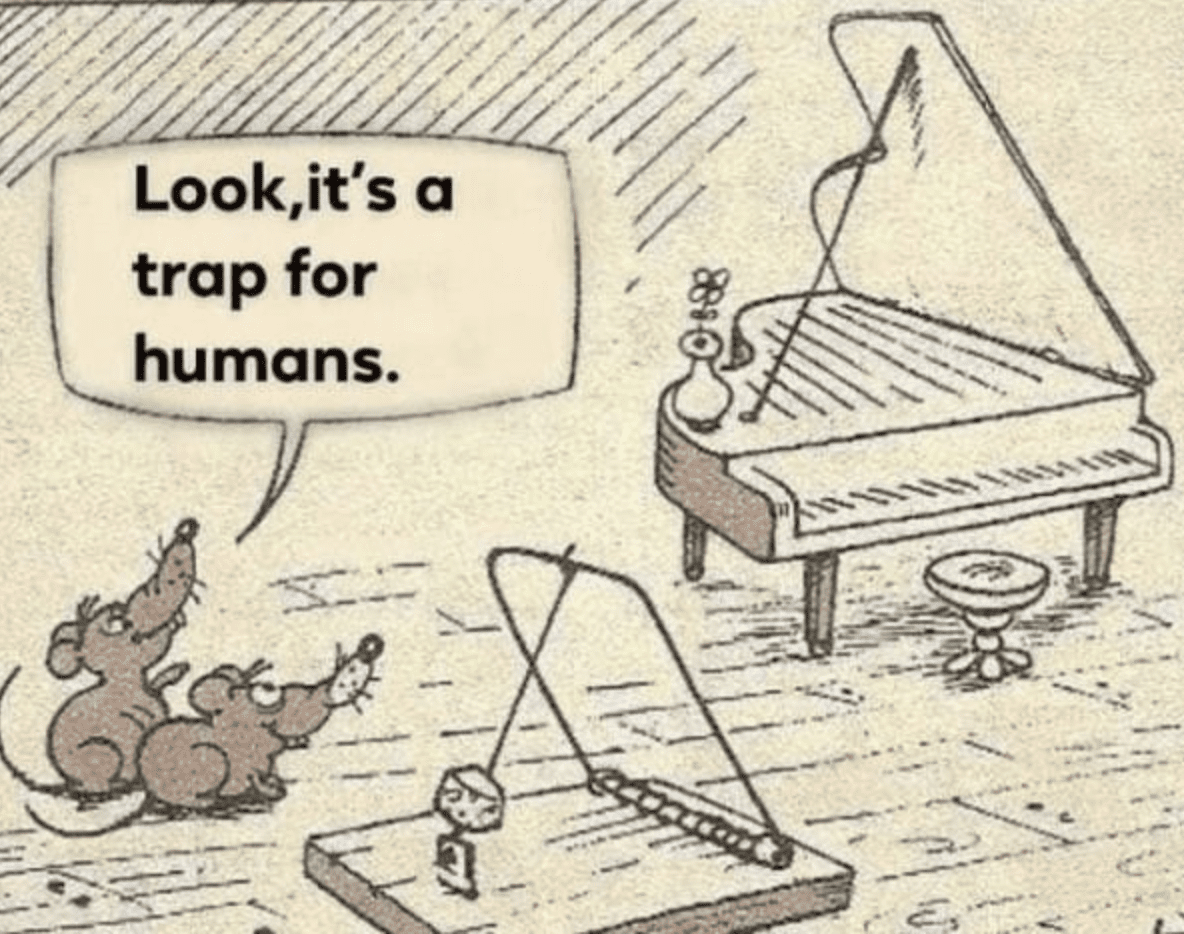Explore the Michelle Ostrove Blog
Do you get performance anxiety whenever you sing or play piano in front of an audience? This can be difficult if you make your living on stage. Some of the most famous singers and musicians suffer from performance anxiety. Step #1, practice, practice, practice and know your material well. Practicing daily is an important key element of preparation. Sometime anxiety can come from lack of belief in your own abilities. By practicing thoroughly will help to bring down your anxiety…
Read MoreBel Canto singing is an operatic style of singing that originated in Italy. It began with polyphonic or multipart style music and Italian courtly soloists in the 16th century. Later in the 17th, 18th and 19 centuries it was used to develop Italian opera! Bel Canto is Italian for “beautiful singing.” This style of singing requires amazing breath control in order to sustain long, legato phrases. These phrases are sung smoothly and connected. In the Bel Canto Opera, the singer…
Read MoreTo strengthen a weak voice is not an easy fix. It’s just like working out at the gym, it takes time to build up strength and work out your muscles in the throat, ribcage, diaphragm and stomach. There are many reasons why a singer has a weak voice. Let’s get back to the basics and start working on strengthening your singing voice. If you wanted to tone up your body and get it into shape, what would you do? You…
Read MoreNatural Sign: ♮ A natural sign (♮), looks like an L attached to a 7. What the natural sign does is cancel out the effect of a sharp or flat. It almost looks like a sharp sign but the line on each side is shorter. The space in the middle of the sign is placed on the line or space of the note it represents. If a note is in F sharp (F#), a natural sign will bring it back…
Read MoreWhat is vocal technique? Good vocal technique is comprised of many things. Singing with good technique deals with your tone, the way you express the lyrics, identifying and putting your emotions into the song, beauty of your voice, musicality and expression. Those are the broad areas of vocal technique. As you break it down, good vocal technique is about warming up properly. Proper posture is very important to maintain good technique. Relaxing the throat and having the ability to control…
Read MoreEvery singer wants to increase their vocal range, and hit those high notes. There are different ways that you can to sing the high notes: falsetto (light), mixed voice (also called belting), staccato (short and detached), with vibrato (bouncing back and forth on a note). Each variation creates a different sound and feel for the song. When you sing high notes with a mixed voice you will produce a chest and head register sound. When you hit those high notes…
Read MoreEvery singer wants that smooth transition from one register to another. When you sing and move into the next register, the throat has a tendency to close up causing a disconnect in the voice. It can be embarrassing. There are two natural transition points where you will experience a register shift in your singing voice. The first one is called primo passaggio and the second one is the secondo passaggio. The first register shift is between the chest and middle…
Read MoreIn music every note can be identified by letter name, the first seven letters of the alphabet: A – B – C – D – E – F – G; it’s that simple. There are 8 C’s on a piano, so from one C to the next highest C is called an octave. These notes are used universally so musicians can communicate with each other. To understand what each note sound like, we are going to start with middle…
Read MoreVoices are as distinct as a person’s face. Every voice is uniquely different and no voice is exactly alike. A singer should use their own vocal acoustic cavities in the vocal tract to amplify the voice. You want to create a bigger sound when transmitting from inside your mouth to the listening ear. A singer should use the natural acoustic properties of their voice to sing louder and create more resonance in a performance. Have you ever noticed the way…
Read MoreThroughout the years of working with many talent artists. I’ve learned a very important lessons, never underestimate a person’s abilities. I’ve had clients come in longing to be a great singer and I thought maybe they could be an okay singer, but it’s a long shot. There have been a few people who had such a strong desire and belief that they could really be a great singer. I’m sad to say that in my mind, I did not see…
Read More